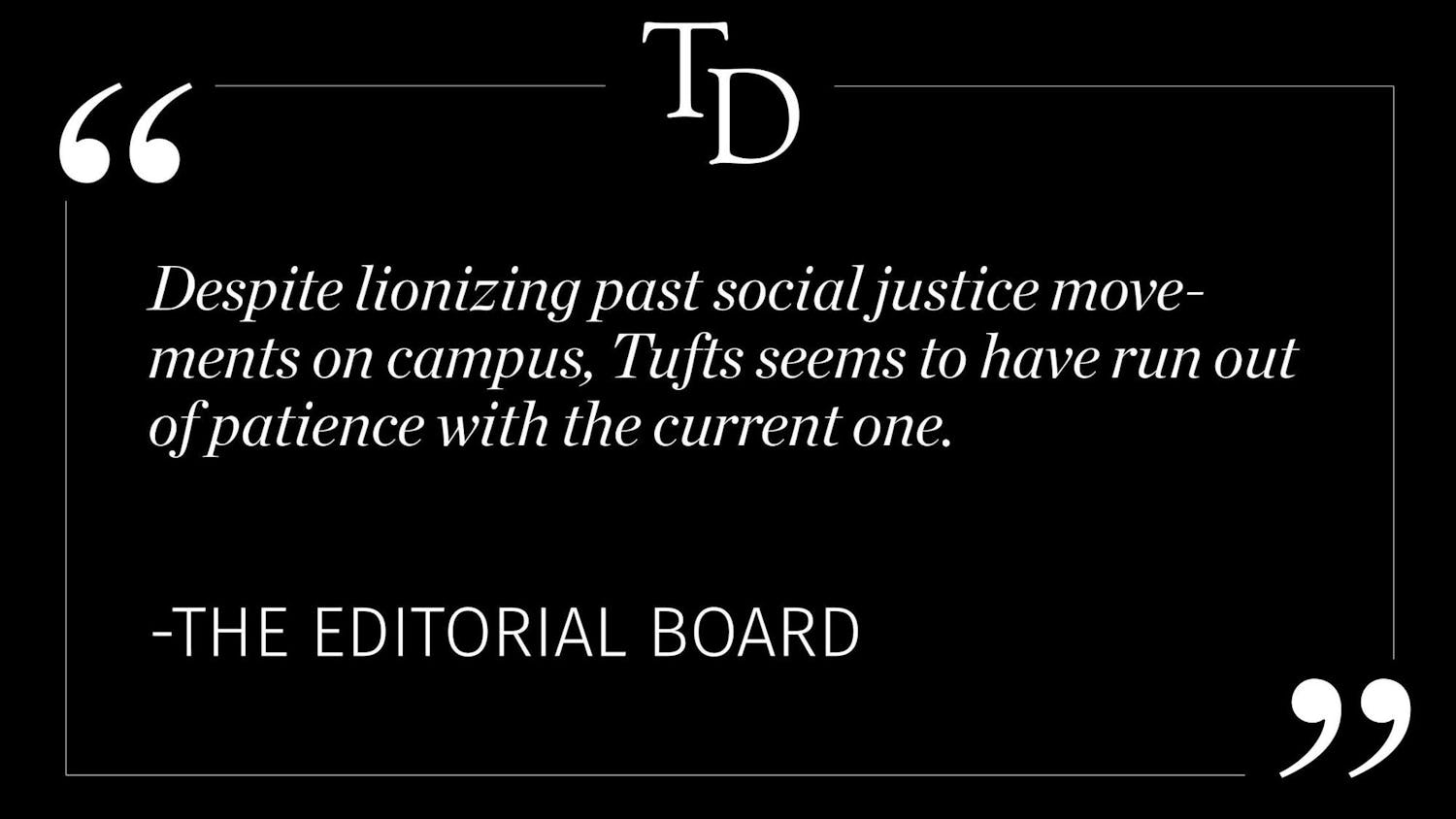I can’t remember when I had my first seizure, but it must’ve been at least eight years ago. I’m sure it happened like most of them — a few seconds of confusion, a sprinkle of vision loss, shaking arms and that signature, distant look my friends have since come to recognize. It started as a curiosity, something to be experimented with, often by standing up suddenly to see if I could trigger one, whatever they were. It was easy to dismiss them in high school as a strange quirk springing to life a dozen times a year: odd, but nothing to worry about. The arrogance of a young man was enough to protect me, I was sure of it.
However, as the seizures became more frequent and the doctor’s appointments and car accidents piled up, anxiety started to nose its way through. The doctors were stumped, and my condition was becoming a nuisance, happening a few times a week, often at the most inopportune times. I had stopped driving and, by the end of my gap year, I was experiencing about 150 seizures a day, still no closer to a diagnosis. It came to a head one night in my first-year dorm room, 3 months into classes. During a game of Big Two — my favorite card game — on a makeshift table haphazardly constructed from a closet door and desk chairs, I seized. Hard. It took every bit of consciousness spared by my seizures not to collapse on the table and my guests. My friends held me as I shook, my beer sloshing down our legs. When I woke, the expressions on their faces finally broke any illusions of control or dismissal I had maintained up to this point. I knew I could no longer dismiss these symptoms.
Left: My dashing outfit at the Magnetoencephalography (MEG) lab at Mass General in 2018. Right: The equipment I wore in hospital at Brigham and Women’s for my multiple day, overnight monitoring (almost) every year (2019).
In the 4 ½ years since that night, the annual three weeks in hospital, trips to the Mayo Clinic and Johns Hopkins and enough medications to fill a small-town pharmacy still have not brought me any closer to a real diagnosis. My condition thoroughly permeates all facets of my life, forcing me to abandon some of the things that previously had been core tenets of my identity. I was too embarrassed to continue playing drums, including with the Tufts jazz ensemble, as I couldn’t go a whole gig without seizing and losing the rhythm. I stopped playing goalie, afraid I’d lose consciousness, concede a goal and be shamed by my teammates. I couldn’t approach anyone I was interested in for fear I’d seize, forget their name or what we were talking about and look like a jerk. Anxiety and depression moved in, weighing me down, preventing me from enjoying what I had left. To most students on campus, I assimilated to college life like any other. I walked to class, lived in the dorms, went to parties, participated in clubs and ate at the same cafeterias they did, but I felt like there were fathoms separating me and my fellow students.
Unfortunately, I was not alone. I now know many Tufts students felt the same way due to disabilities, mental health or any chronic internal health condition. This is not unique to Tufts; around 20% of all students in higher education have a disability, learning or otherwise. At Tufts, support for students with medical conditions is strong, at least compared to the nationwide average, so take advantage. The StAAR Center and Counseling and Mental Health Services are valuable resources for students struggling with health issues and accommodations for tests and papers are a lifesaver, trust me. Embarrassment and shame surrounding health conditions is natural, but that should not stop students from seeking help. To current students struggling with chronic health issues: You are not broken, and you can succeed just like any other student, in college and beyond. Additionally, fret not about taking extra time for your studies. It took me five years and summer sessions to finish my degree, and I would not have succeeded without taking time for myself, regardless of how fruitful that time may have been.
The diagnosis is not the end; it is up to us to find ways to live within our means that still give us pleasure and excitement. While I did give up music and sports, I found other hobbies to occupy my time. Cooking, video games, TV and movies, writing for the Daily and friendships have given me back much of what I felt I’d lost to my conditions. It’s normal to feel overwhelmed, helpless, isolated, hopeless and panicked, but it’s how we deal with those feelings that defines us. If an unstable, anxiety ridden, seize-y, chronically depressed, ADHD poster child like me can graduate and succeed, so can you — I guarantee it.





